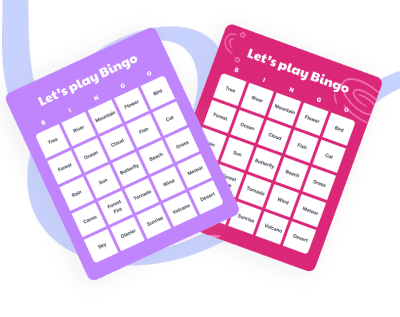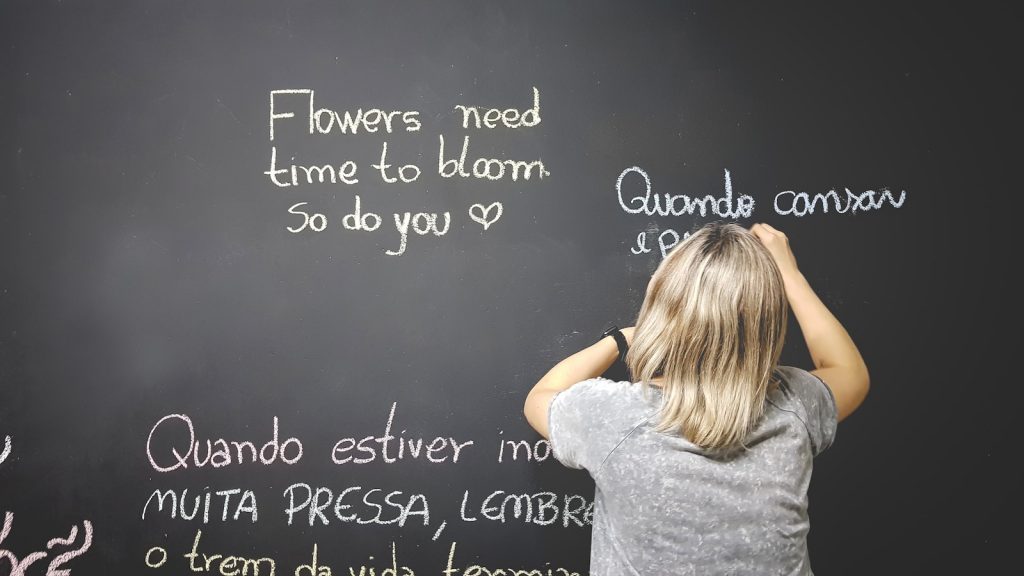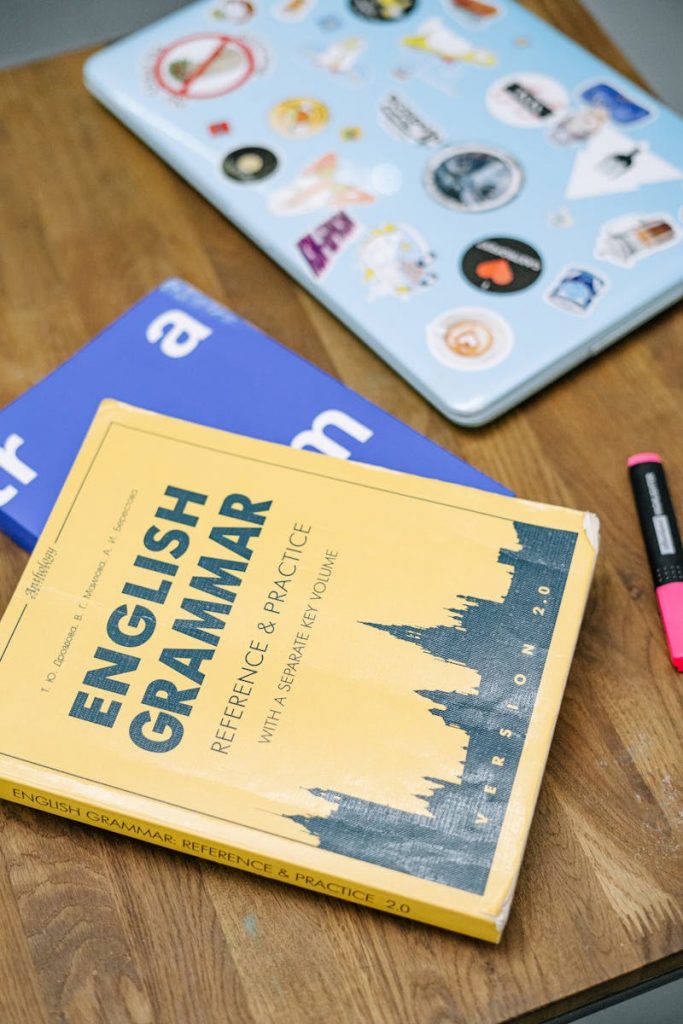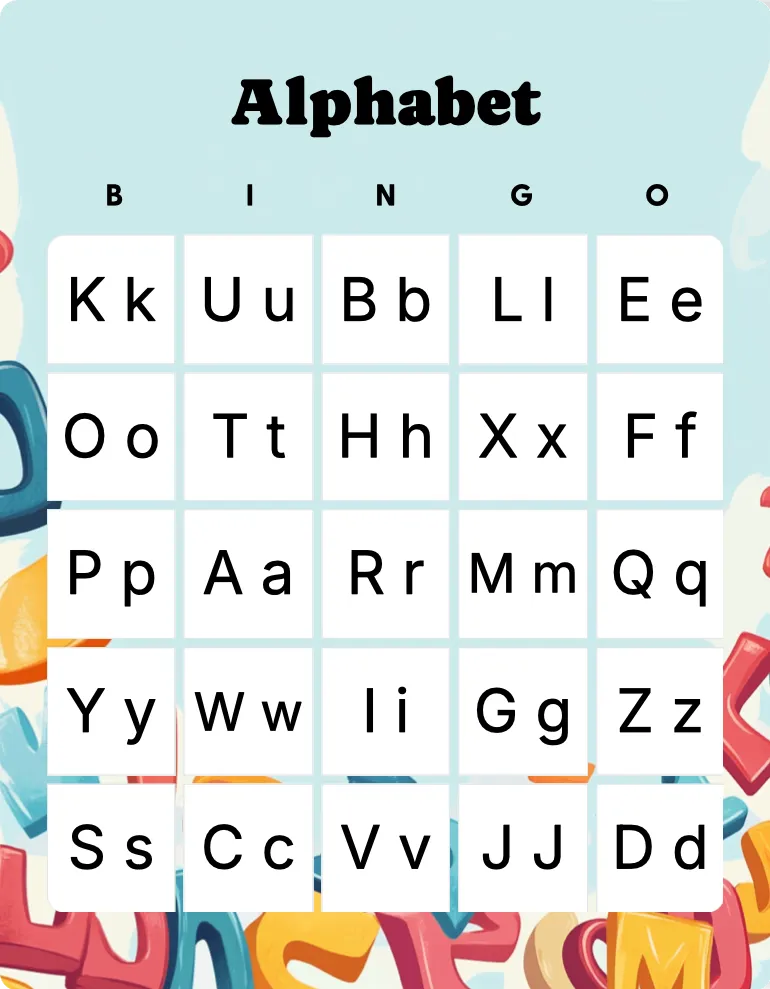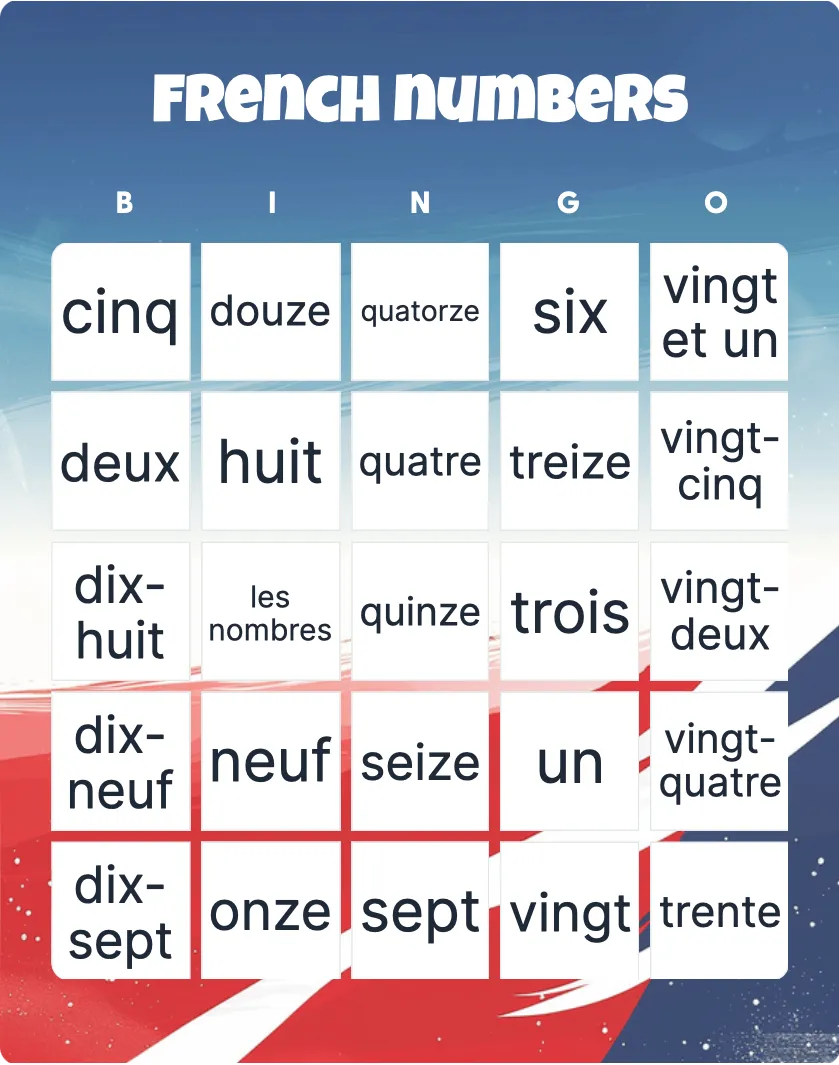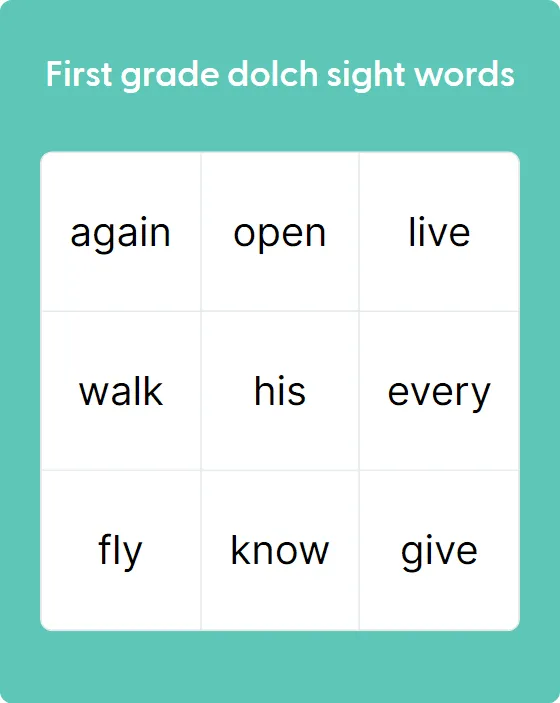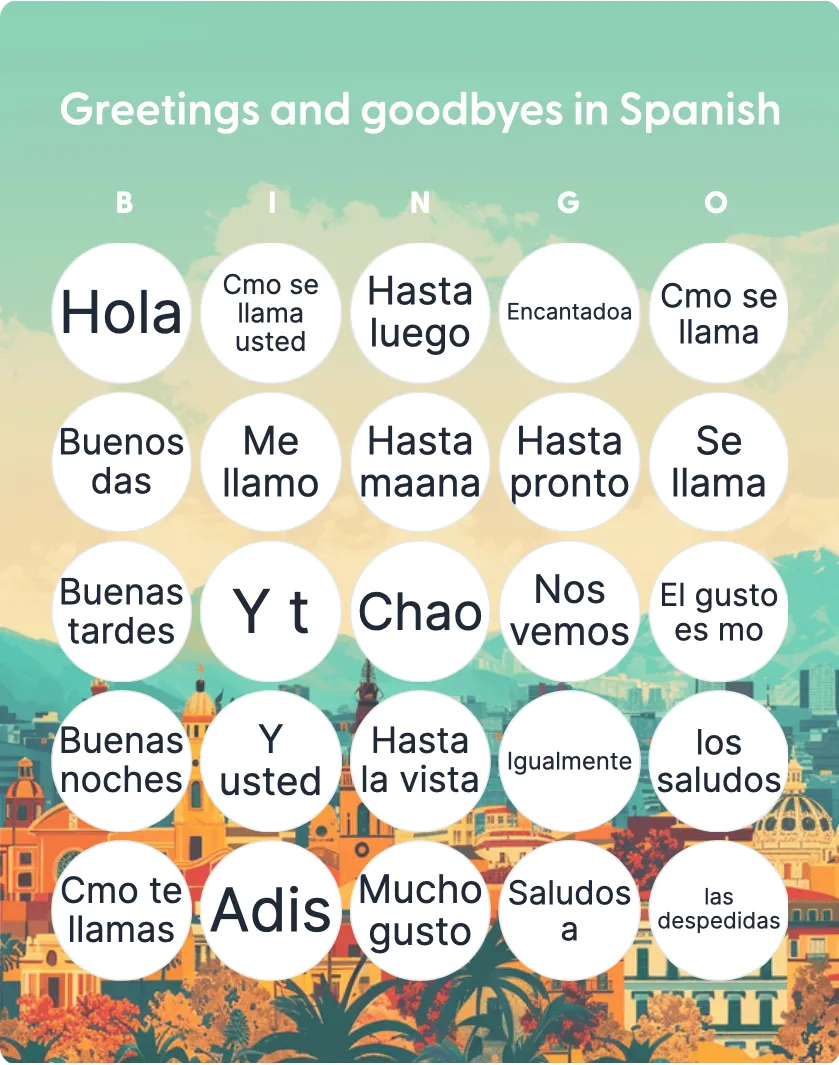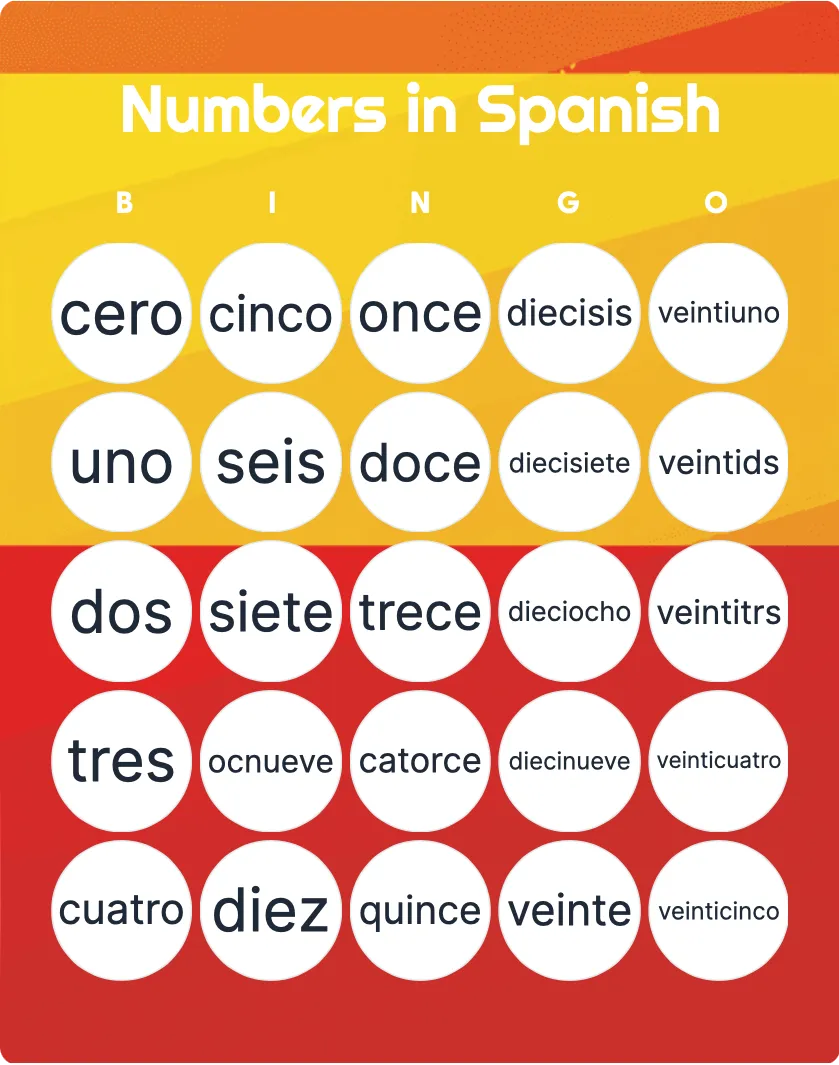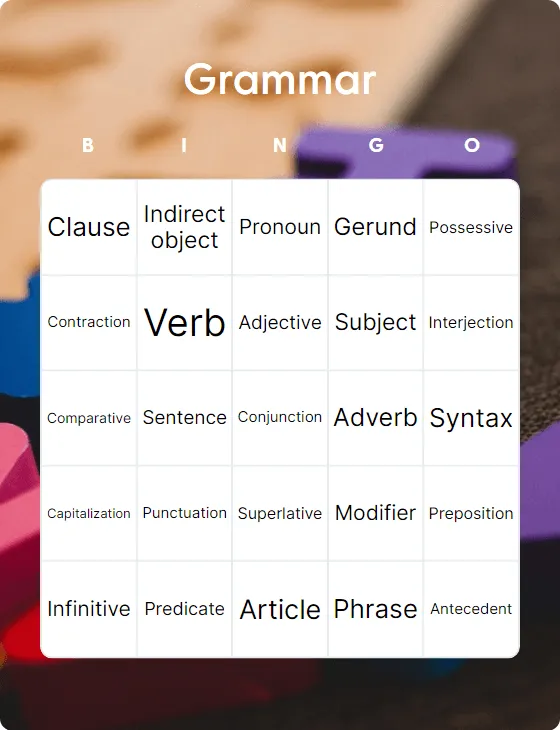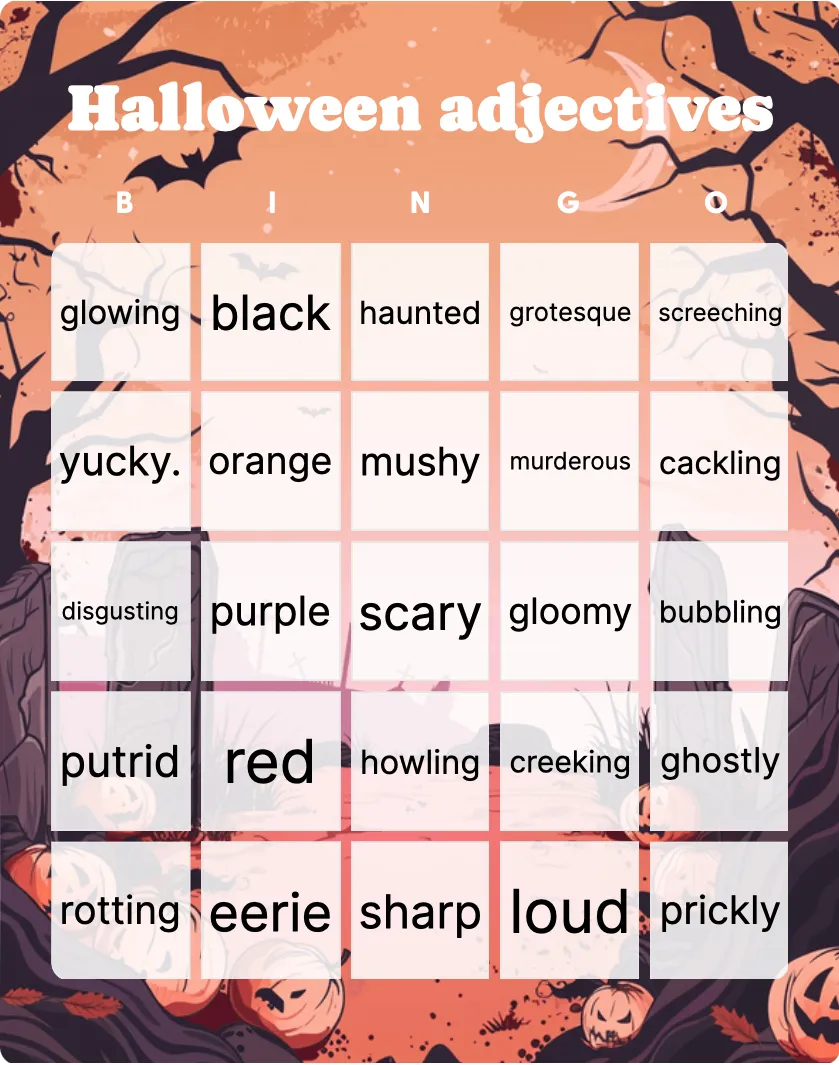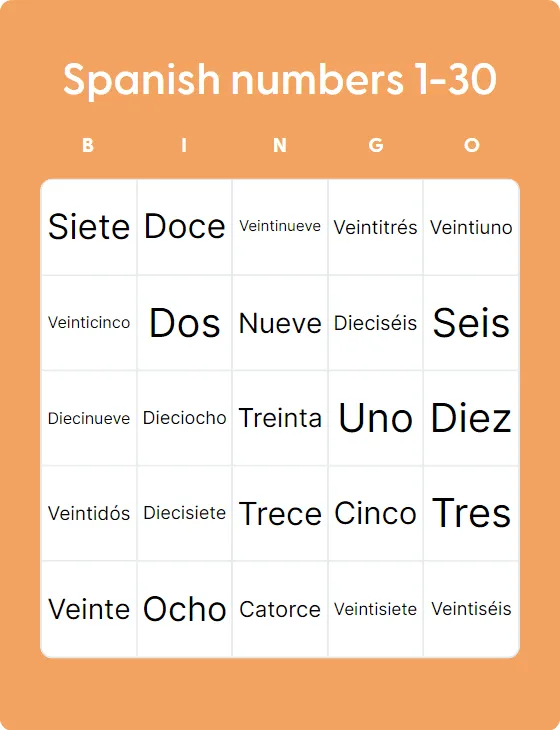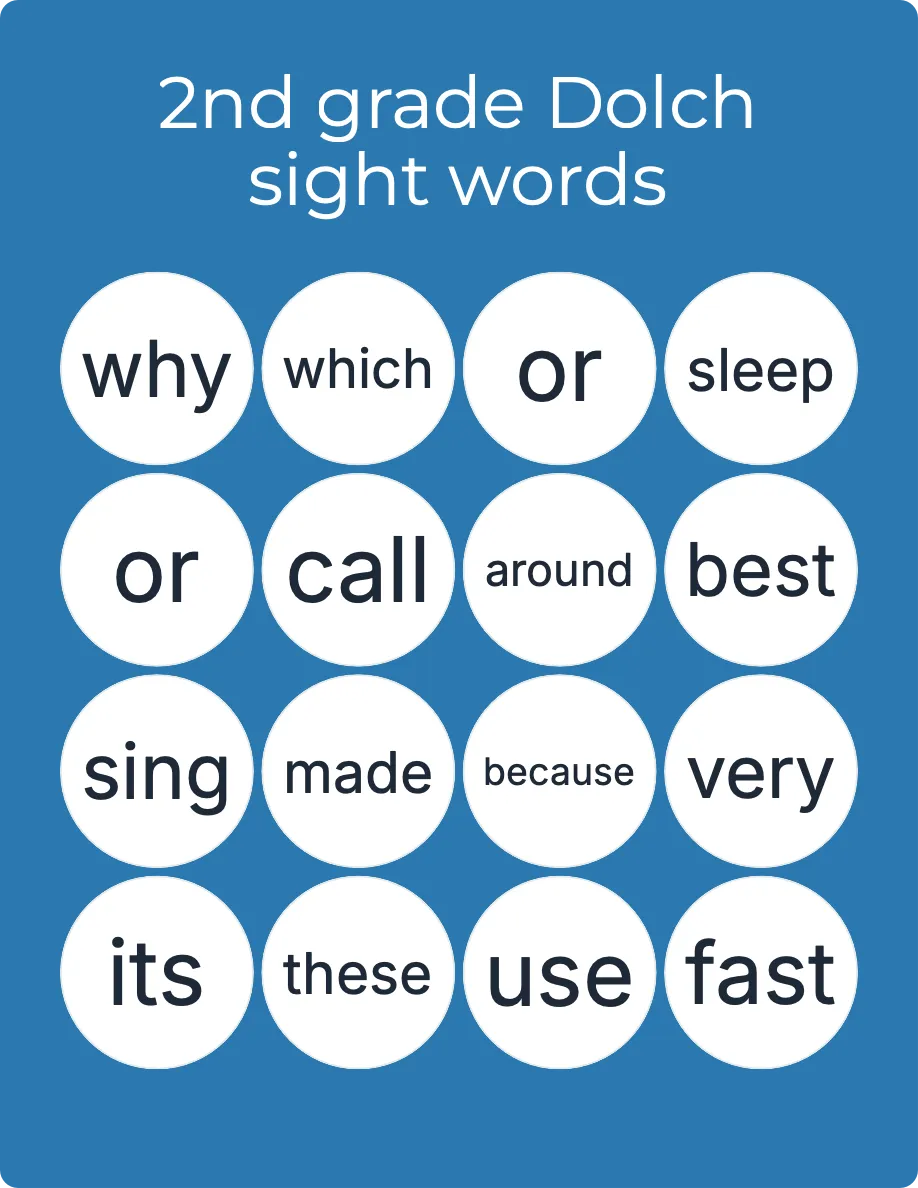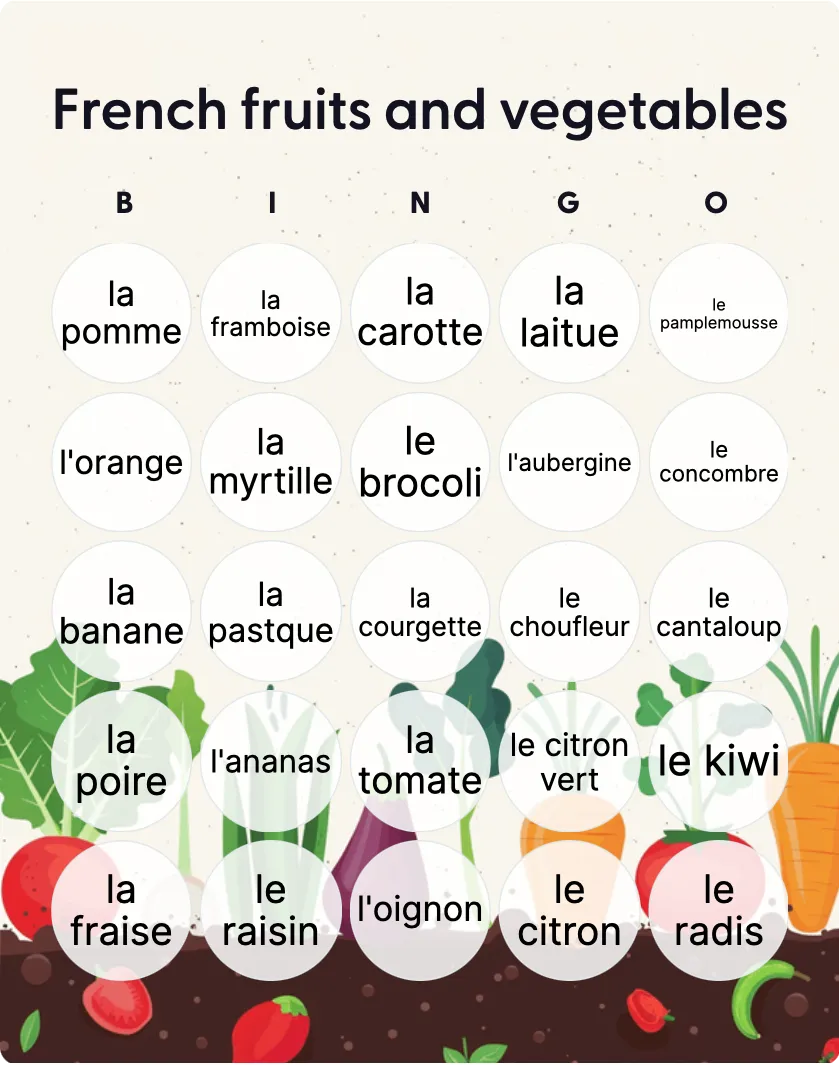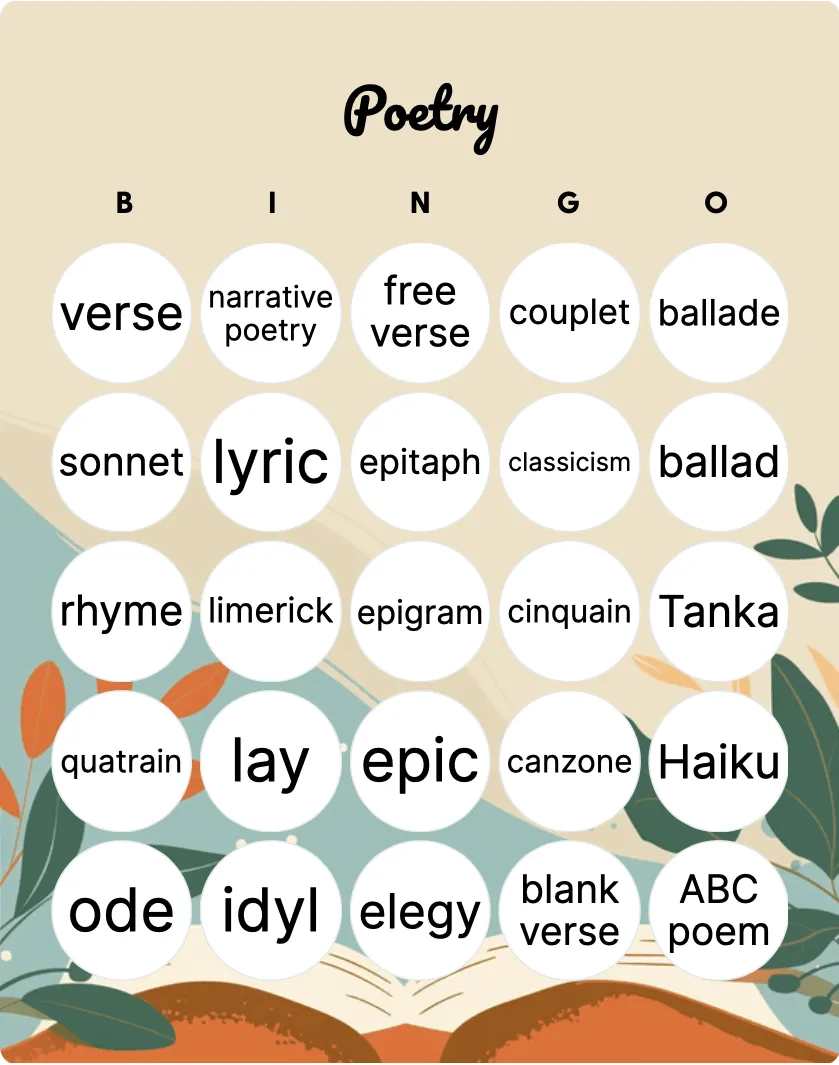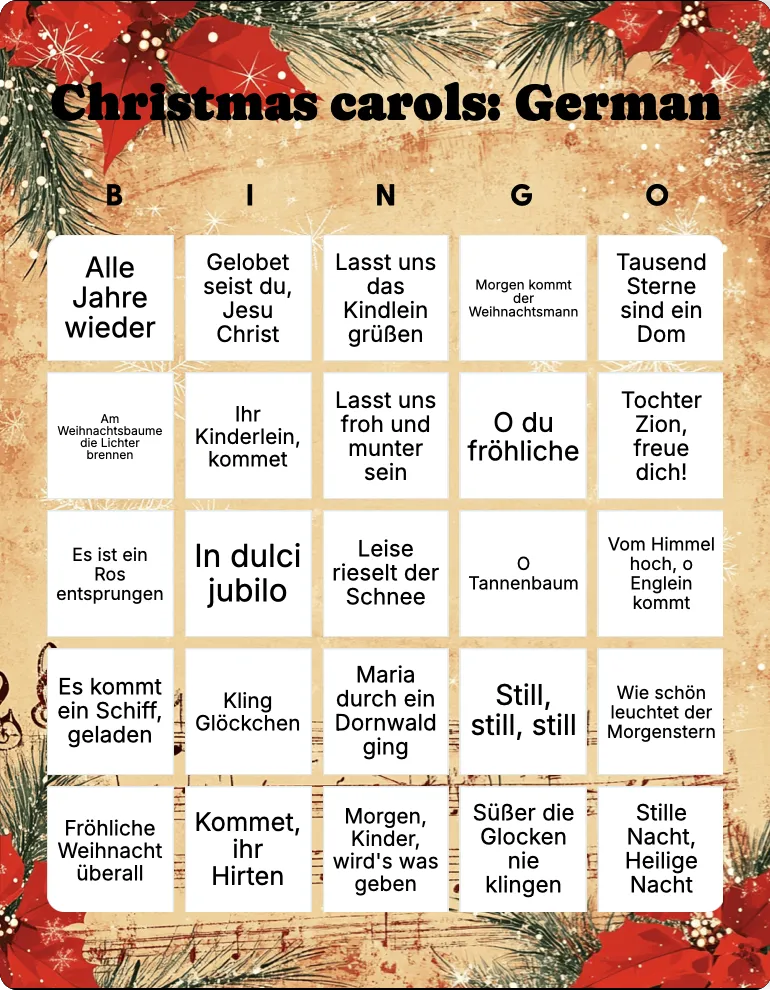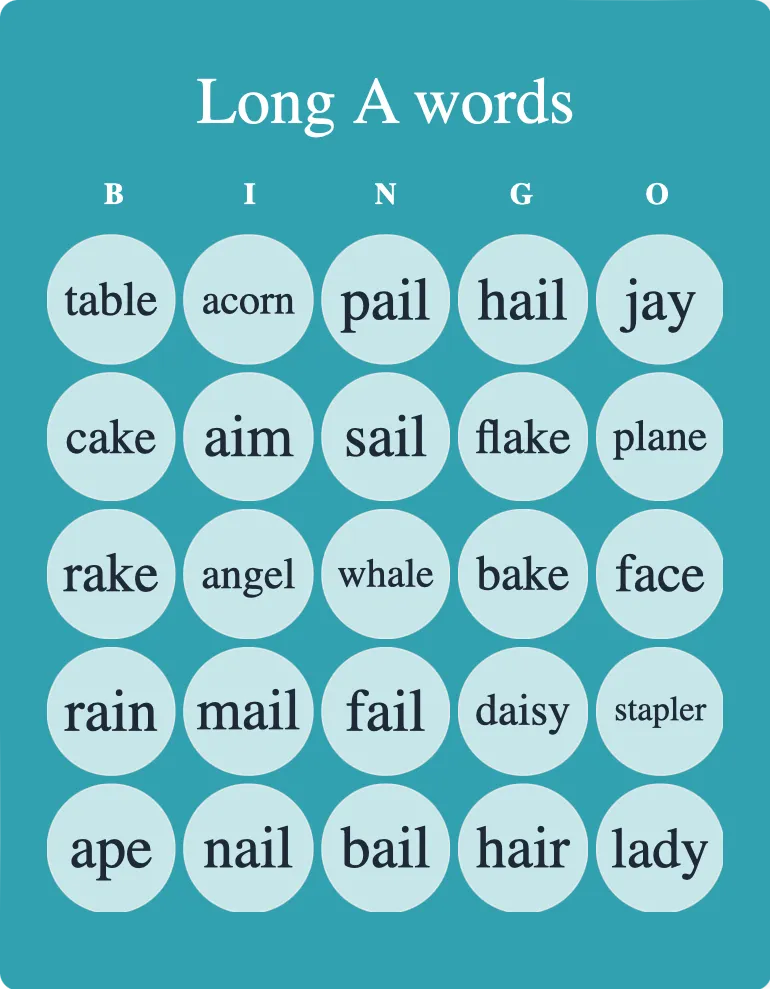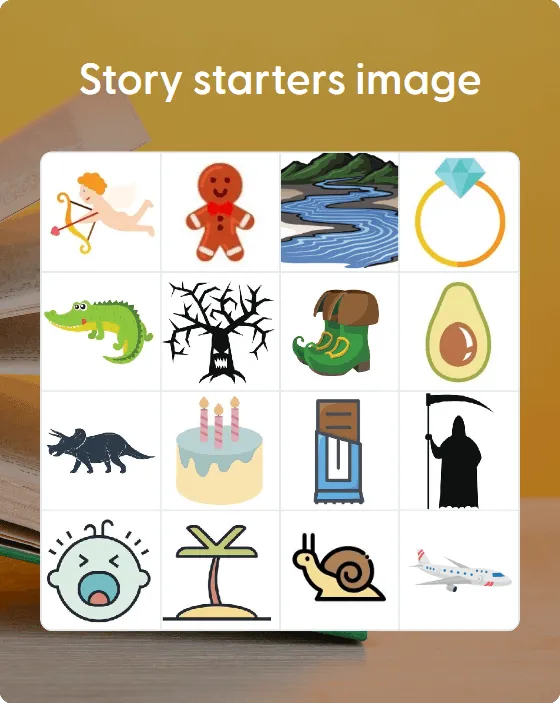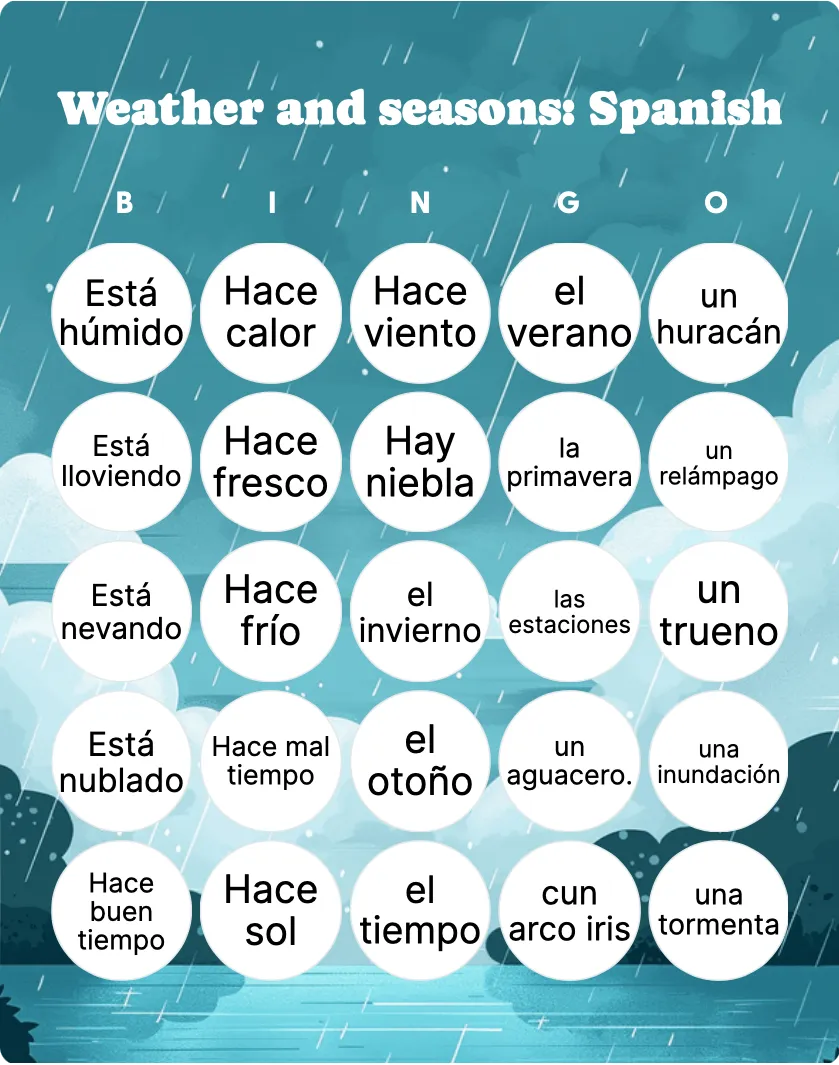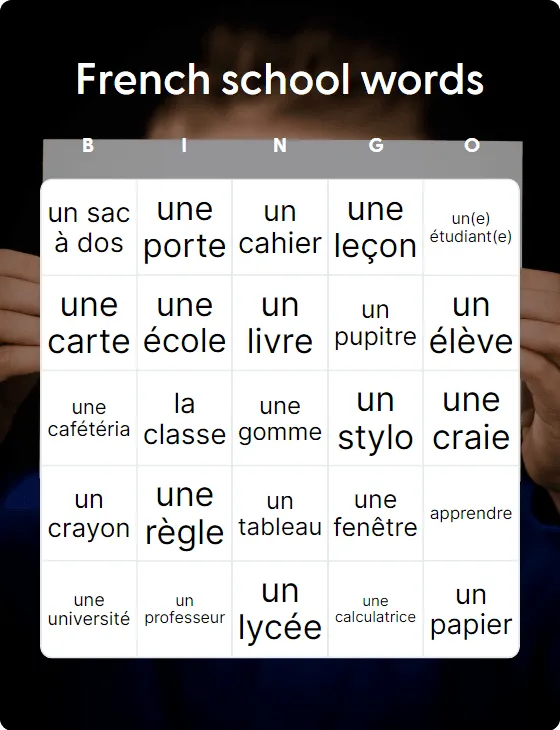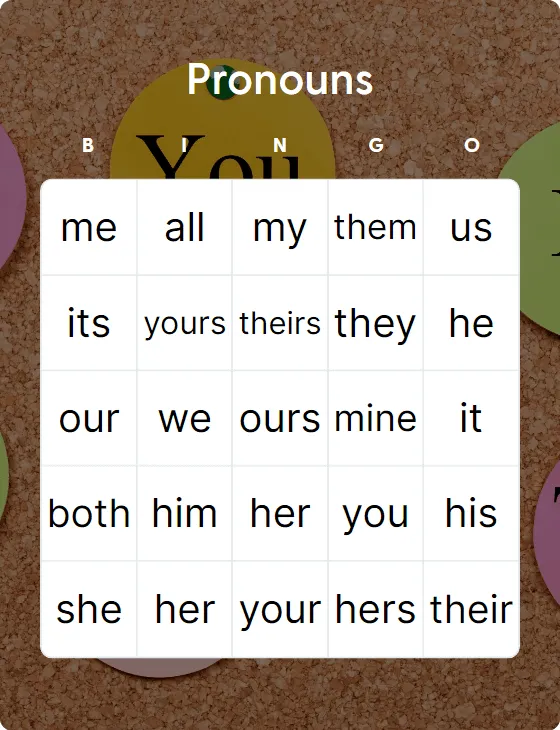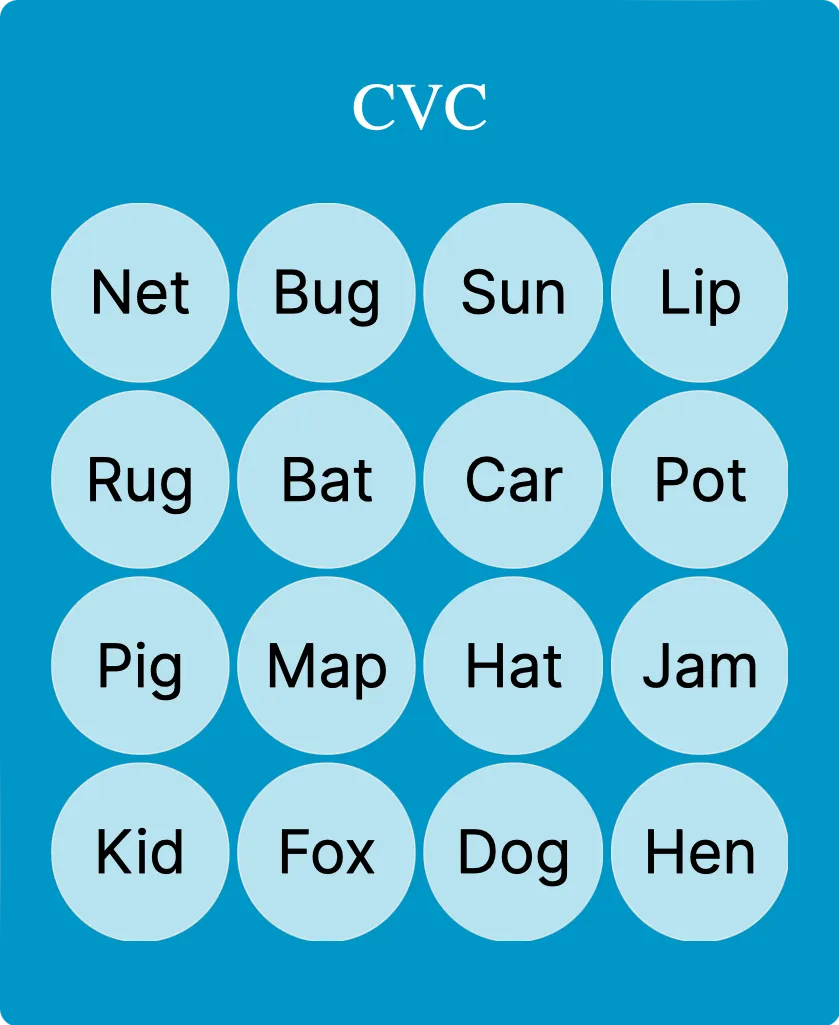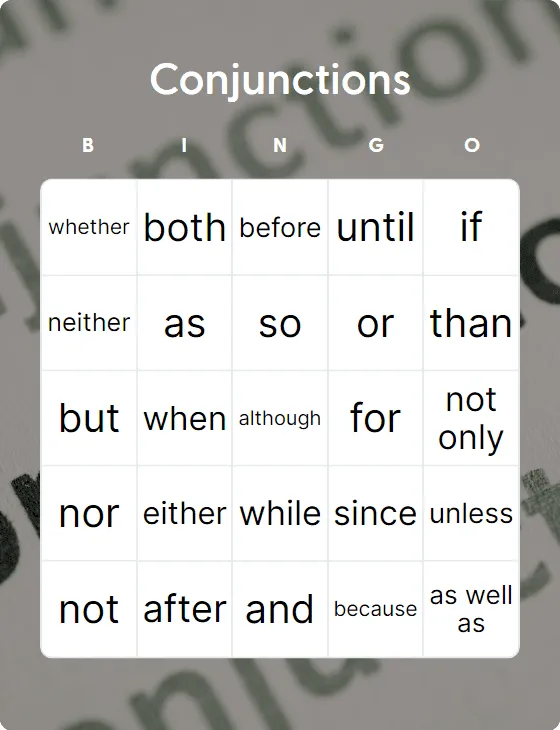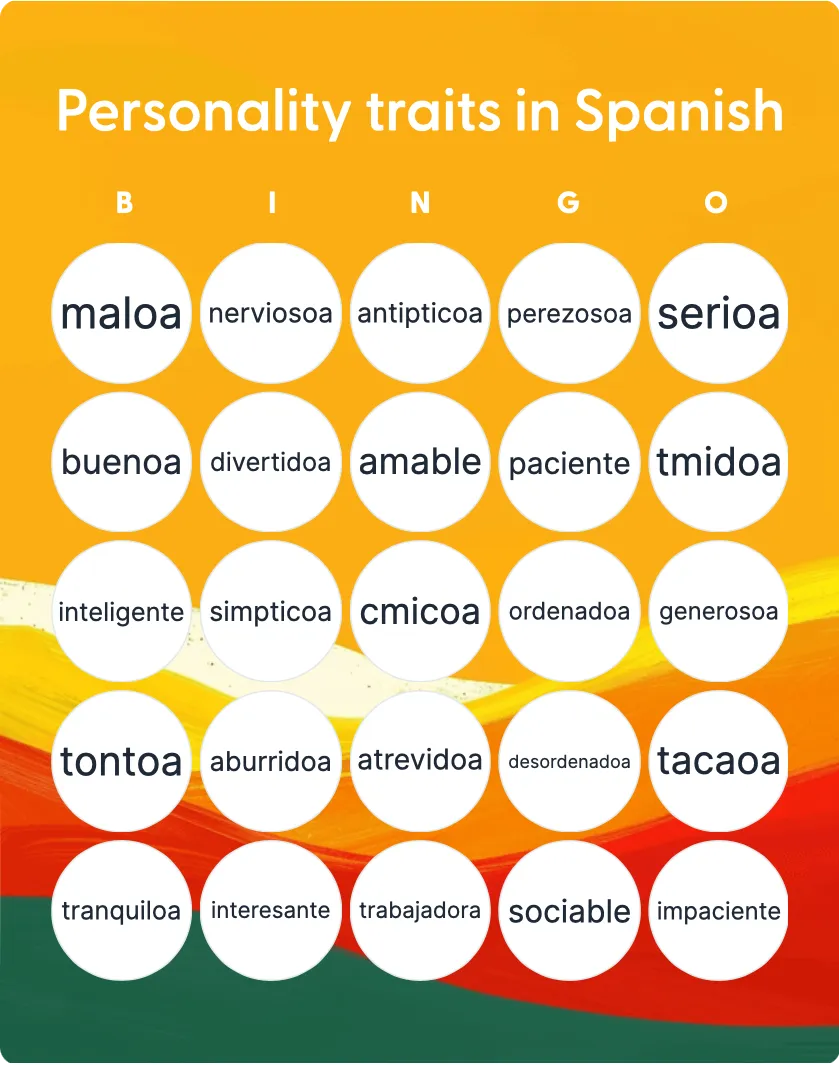Languages bingo
Celebrate linguistic diversity with languages bingo templates. Customize and download thousands of printablebingo cards using our card generator for different languages. Perfect for language classes and enthusiasts, you ...
More about language bingo
Language bingo takes the classic bingo game and infuses it with a linguistic twist. Instead of numbers, the bingo cards are filled with words or phrases in the target language. This variation is an excellent tool for learning vocabulary, phrases, and even grammar in a new language. It can be tailored to any language and proficiency level, making it a versatile activity for classrooms, language clubs, and personal study sessions.
Ideas for playing language bingo
Playing language bingo can be as straightforward or as creative as you’d like. Here are some innovative ideas to get you started:
Vocabulary bingo
Create bingo cards with words your players are learning. Call out the definitions, synonyms, or antonyms of these words. Players will mark their cards if they have the corresponding word. This version helps in reinforcing the meanings of new vocabulary.
Phrase bingo
For more advanced learners, use phrases or sentences instead of single words. You might include idiomatic expressions, common phrases, or sentences that incorporate grammar points being studied. This variation is great for context learning and understanding how language functions in real-life situations.
Listening comprehension bingo
Play audio clips of someone speaking in the target language. The clips can contain specific vocabulary or phrases that are on the players’ bingo cards. This method is excellent for improving listening skills and familiarizing players with different accents and speeds of speech.
Picture bingo
Especially good for beginners or young learners, use cards with pictures instead of words. Call out the word in the target language that corresponds to the picture. Players will search for the image on their card. This version supports word association and helps in building a foundational vocabulary.
Grammar bingo
Focus on a particular grammar point, such as verb tenses, noun genders, or prepositions. The cards can contain sentences with blanks or errors that match the grammar point being reviewed. When calling out, you provide the correct form or point out the mistake, and players check their cards for a match.
Tips for enhancing the language bingo experience
- Customize for your audience: Adjust the difficulty level based on the proficiency of the players. Include culturally relevant words or phrases to make the game more interesting.
- Use multimedia: Incorporate images, audio, and even video clips to make the game more engaging and to cater to different learning styles.
- Encourage interaction: Have players use the words in sentences or conversations for extra points. This promotes speaking skills and reinforces learning through use.
- Offer rewards: Small prizes or extra credit points can motivate players and make the game more competitive.
- Rotate roles: Let players take turns being the caller. This encourages them to engage more deeply with the material and practice pronunciation.
Summary
Language bingo is a dynamic way to learn and practice a new language. By integrating these ideas into your language learning routine or classroom, you can transform the learning experience from mundane to memorable.
Generate bingo cards,
your way
Unleash your creativity with our versatile generator that simplifies the creation of personalized cards featuring text, emojis, and images!
